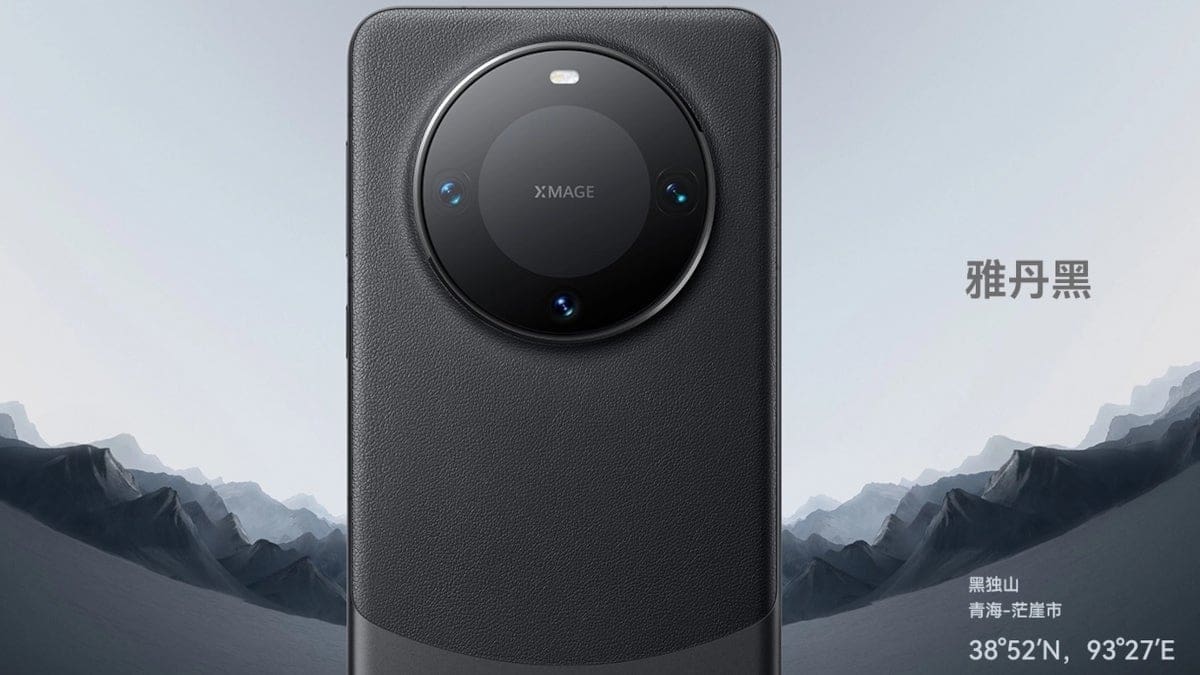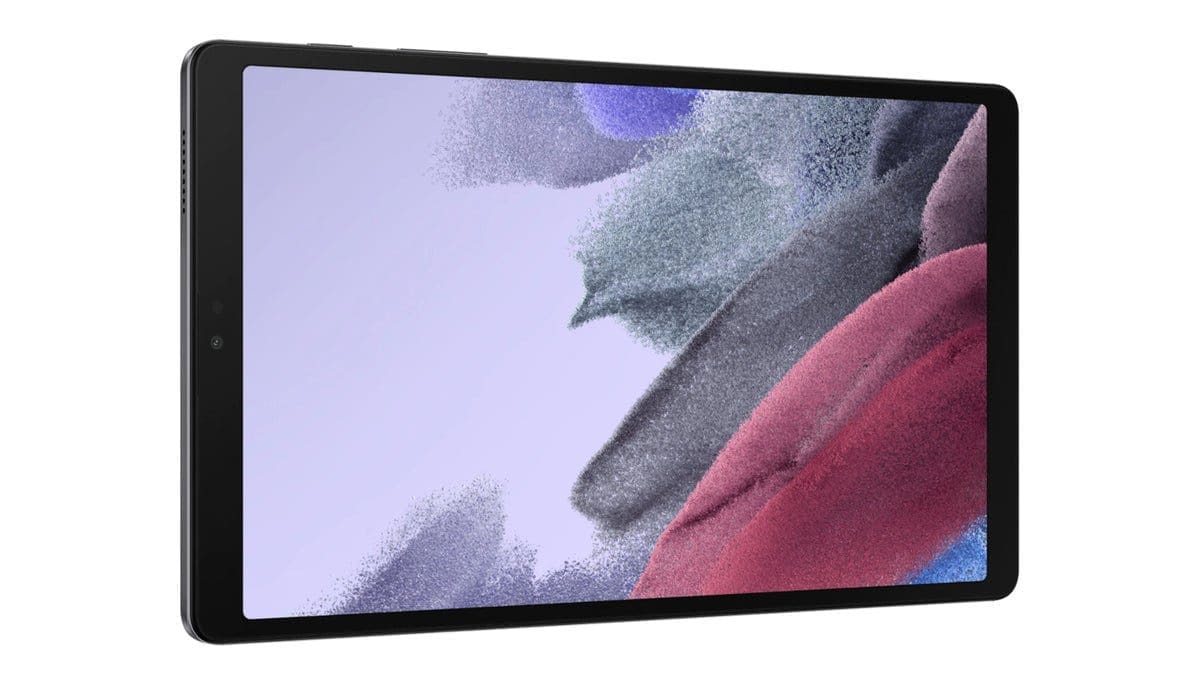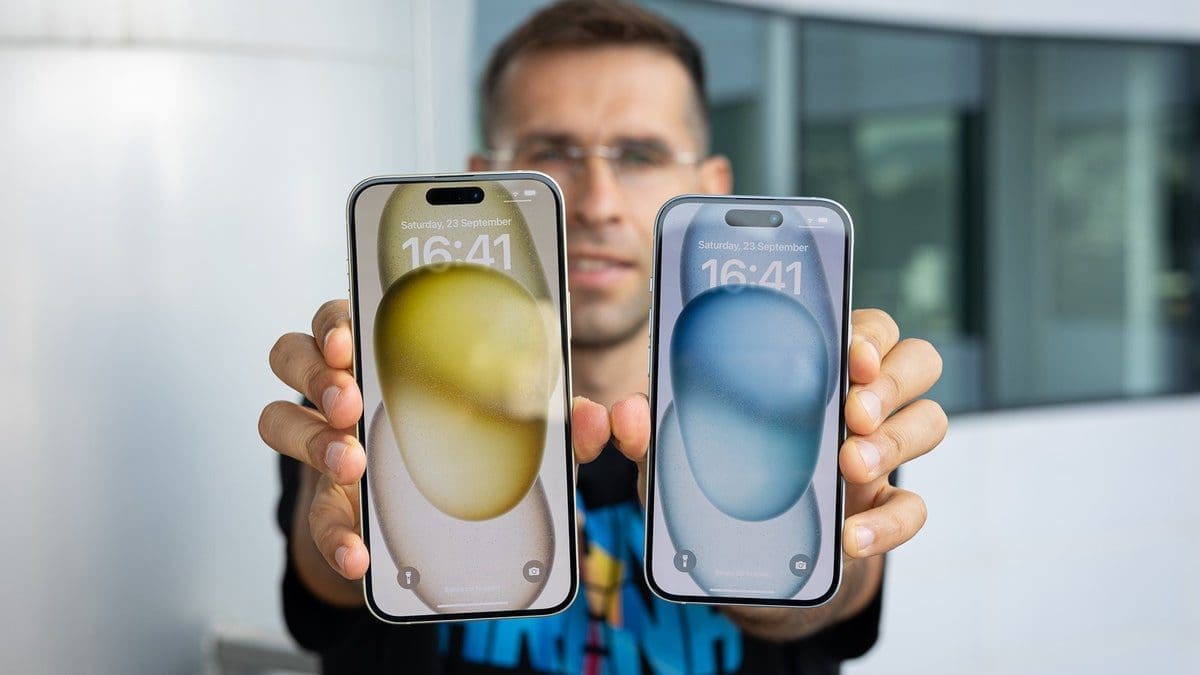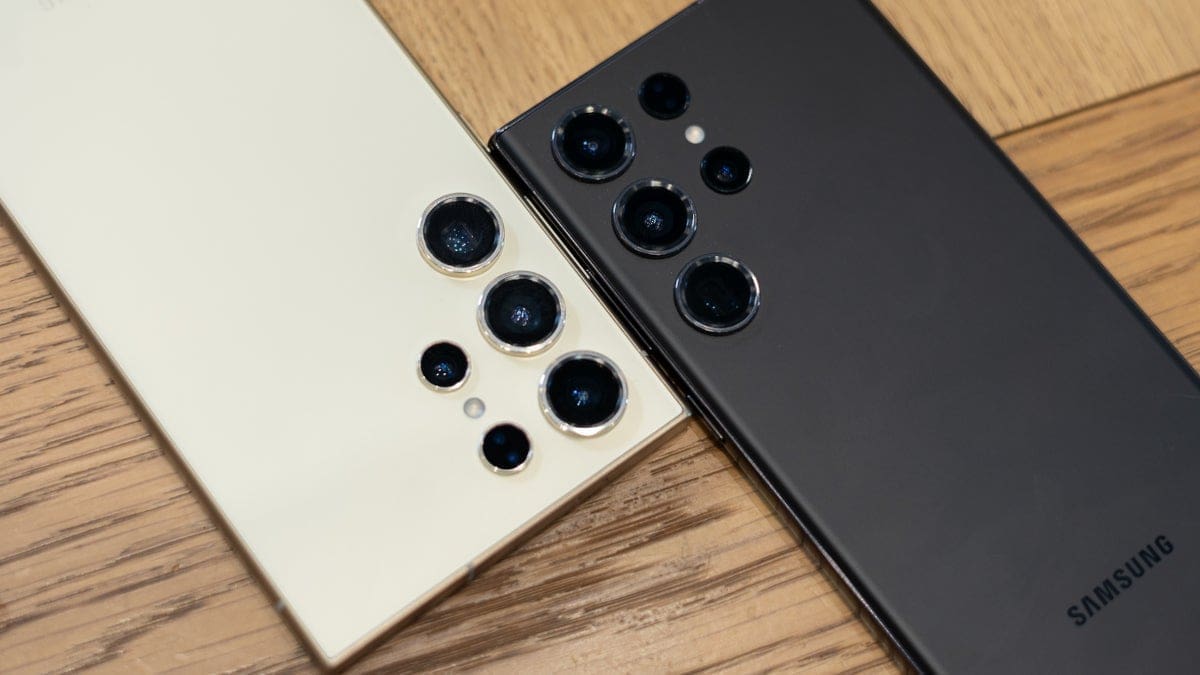Google’s Real World Testing Lab: A Peek Inside
Smartphone cameras are more than just technical wonders – they are tools for capturing life’s most important moments. Google understands this and has gone to great lengths to ensure that their Pixel devices meet this challenge. Recently, CNET had the exclusive opportunity to visit Google’s Real World Testing Lab, giving us a behind-the-scenes look at how the Pixel camera works and the challenges that the Pixel team faces in perfecting it.
What sets Google’s Real World Testing Lab apart is that it is not your typical sterile testing environment. Instead, it is a collection of rooms designed to mimic real-life settings like cozy coffee shops and comfortable living rooms. Google’s camera engineers understand that everyday people don’t take photos and videos under perfect conditions, so this lab allows them to simulate various scenarios with complete control. This ensures that the Pixel devices tested not only capture accurate images but also evoke the emotions you intended to capture.
One example given is filming a friend in a candlelit coffee shop. The Pixel camera must choose the right brightness, balance different light sources, track movement accurately, and prevent overexposure from the candle flame – all in real-time.
It’s Not Just About Pictures
While Google has long been praised for its photo quality on the Pixel, video has presented a tougher challenge for the camera team. One major hurdle is computational photography, such as Night Sight mode, which involves combining multiple images to create a well-lit photo in low-light conditions. This process is even more demanding for video, as it requires processing over 200 megapixels per second compared to just 12-megapixel pictures.
To address this challenge, Google introduced Video Boost on the Pixel 8 Pro, which uploads videos to Google Photos for intensive cloud-based processing using advanced algorithms. This improves exposure, brightness, and detail significantly – especially in low-light conditions. While waiting for results may not be ideal, future Pixel phones may see this processing move onto the device itself for instant improvements.
It’s Not All Computational
In addition to computational challenges, the Pixel team dedicates hours to testing and tweaking the camera in their lab. They rely on a mix of hard data and subjective judgment to ensure features like autofocus are quick and smooth while maintaining stability during movement. Even subtle details like accounting for candle flicker in dimly lit environments are considered during testing.
The team also pays attention to technical aspects like the type of grease used to lubricate the camera lens. They understand that how you place your phone on a table can affect internal elements when you pick it up for a quick photo – so every detail matters.
Learning about all these intricacies of how the Pixel camera works and how it’s tested gives us a newfound appreciation for our own Pixels. The next time you pick up your phone to capture a moment, remember all the hard work behind ensuring you get the best image effortlessly.
Header image credit: CNET










